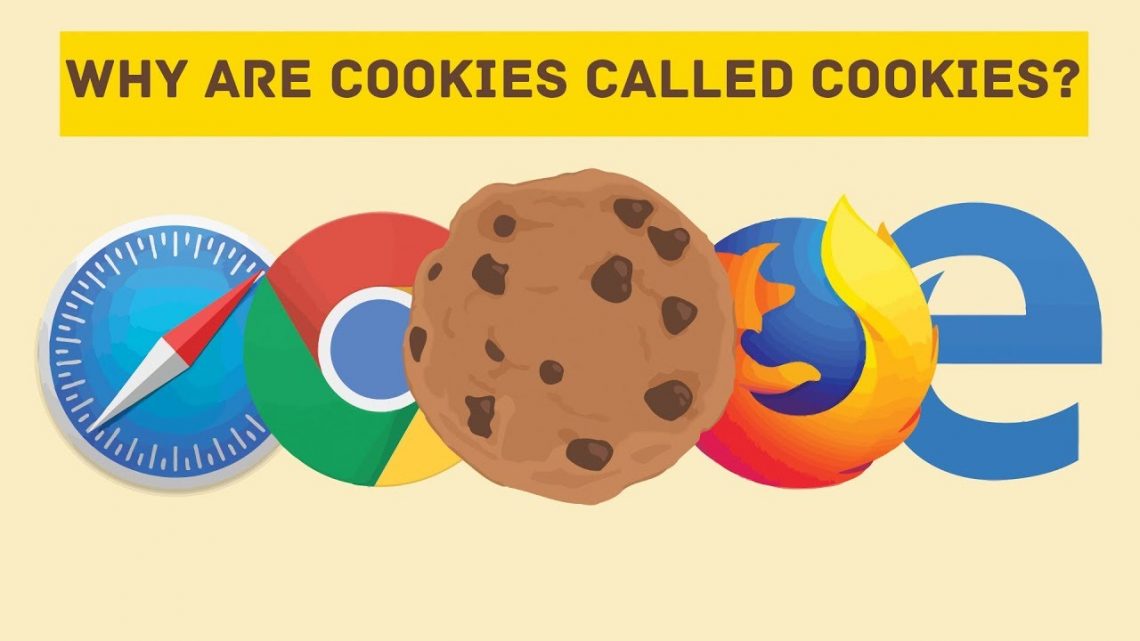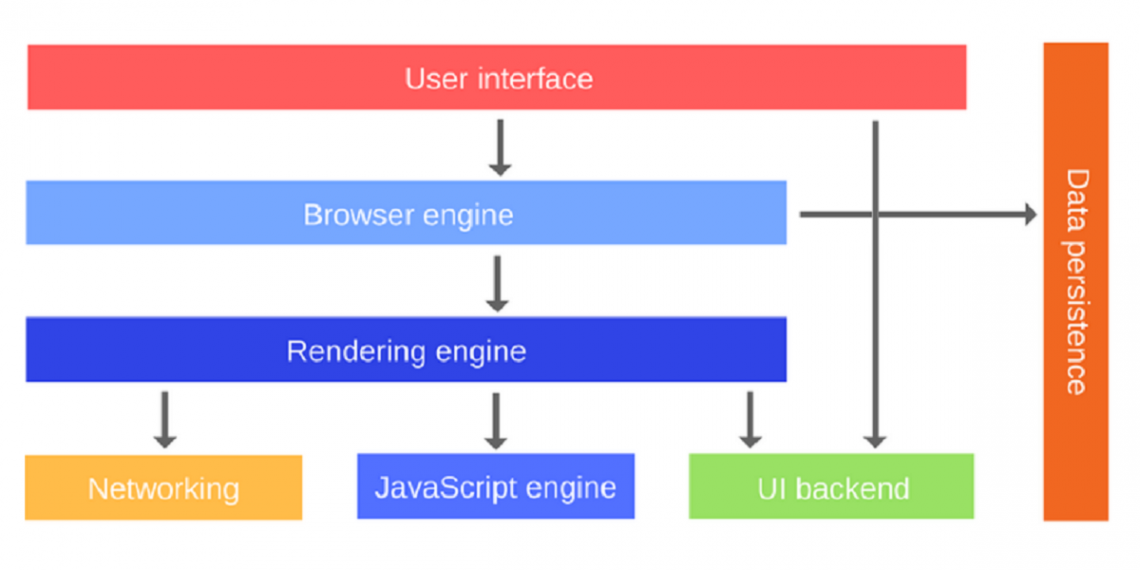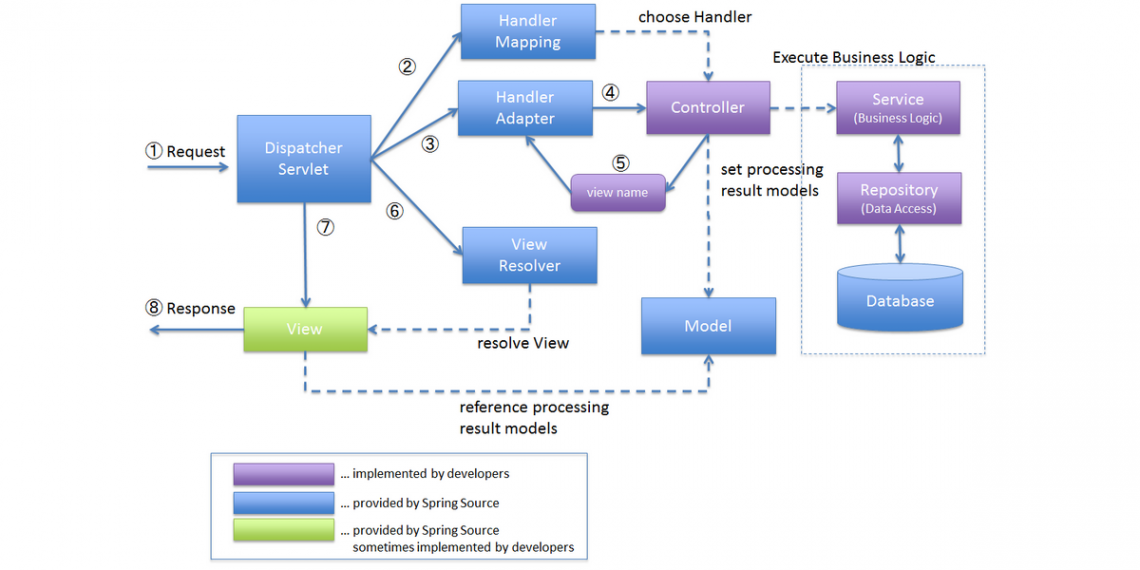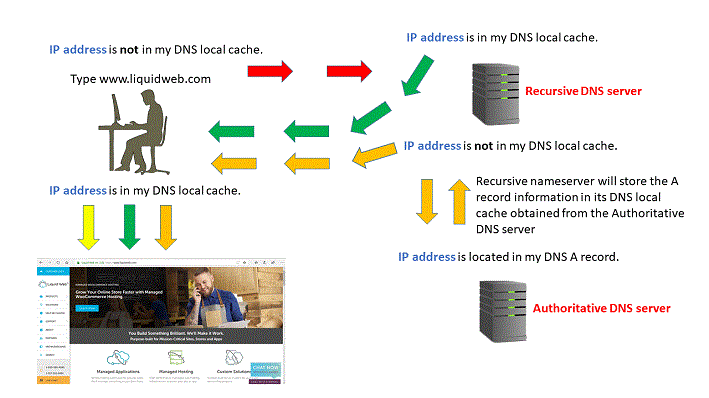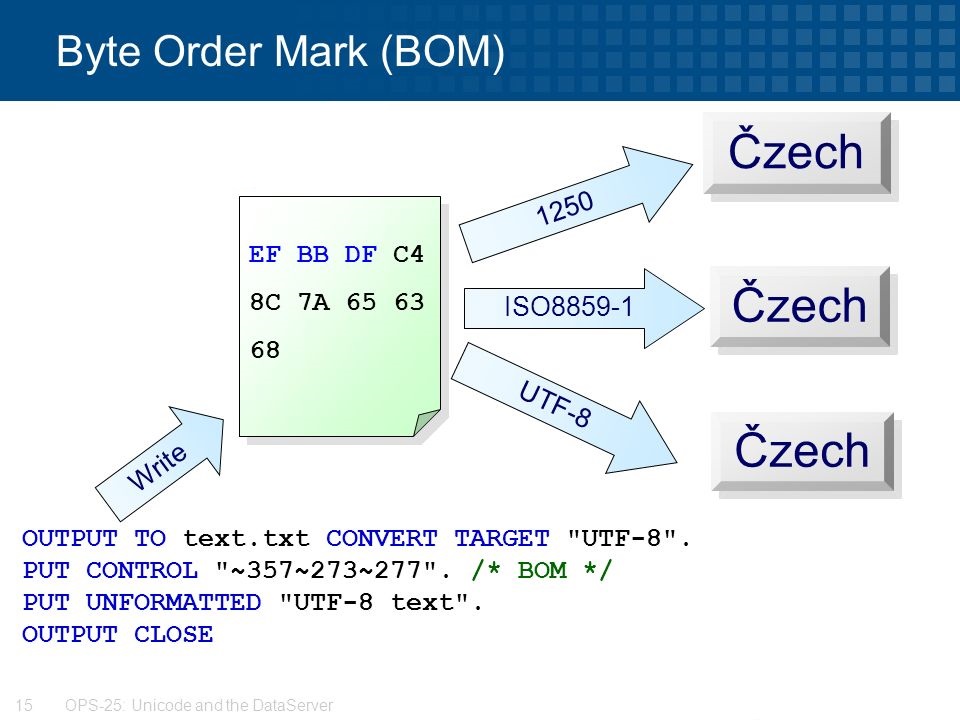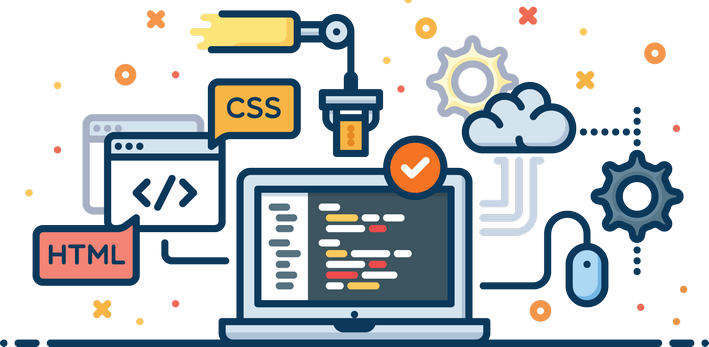Cookies can help provide a unique and tailored user experience. But what are the different types of cookies? What are they used for? Can be the deleted or blocked? Read this guide to find out more about cookies and how they affect you.
-
-
Major components of a web browser
When you’re building web apps, however, you don’t just write isolated JavaScript code that runs on its own. The JavaScript you write is interacting with the environment. Understanding this environment, how it works and what it is composed of will allow you to build better apps and be well-prepared for potential issues that might arise once your apps are released into the wild.
-
What is URL Encoding and How does it work?
You may think that a "valid" URL is self-evident, but that's not quite the case. A URL entered within an address bar in a browser, for example, may contain special characters (e.g. "上海+中國"); the browser needs to internally translate those characters into a different encoding before transmission. By the same token, any code that generates or accepts UTF-8 input might treat URLs with UTF-8 characters as "valid", but would also need to translate those characters before sending them out to a web server. This process is called URL-encoding or percent-encoding.
-
14 Tips for Writing Spring MVC Controllers
In this article, I'm going to share with you some of the fundamental techniques and best practices for writing a controller class with the Spring MVC framework. Typically, in Spring MVC, we write a controller class to handle requests coming from the client. Then, the controller invokes a business class to process business-related tasks, and then redirects the client to a logical view name, which is resolved by Spring’s dispatcher servlet in order to render results or output. That completes a round trip of a typical request-response cycle.
-
Understanding the DNS Process
Do you ask yourself, “What is DNS?” “Do I need to use DNS?” Do you feel confused? In some cases, DNS can be convoluted and complicated. Let’s talk about Domain Name System (DNS) services. When you need to access a website, you type the domain name, such as www.google.com, into the web browser instead of typing an IP address. A conversion happens between www.google.com to 172.217.12.46, an IP, which designated to a device on the Internet. This conversion is a DNS query, an integral part of devices connecting with each other to communicate over the internet. To understand the DNS query process, let’s talk about how a DNS query routes…
-
UTF-8 BOM and SEO: How to find, clean, and fix an invisible character in your robots.txt file
References
-
OAuth 2.0
References: http://tutorials.jenkov.com/oauth2/index.html https://www.javacodegeeks.com/2017/09/understanding-oauth2-token-authentication.html
-
How does the Internet work?
Original post: https://developer.mozilla.org/enUS/docs/Learn/Common_questions/How_does_the_Internet_work
-
Asynchronous vs Deferred JavaScript
Original post: https://bitsofco.de/async-vs-defer/
-
What’s with putting the CSS in the head?
A look into the practice of placing CSS within the head of a HTML page vs external CSS file and how it affects page performance. Throughout my development years, the default practice has been to place all CSS in an external minified CSS. Then place this CSS file on a CDN, which would help improve loading time by hosting this file on multiple servers, one of which maybe geographically closer to the user and thus load quicker (reducing latency).
